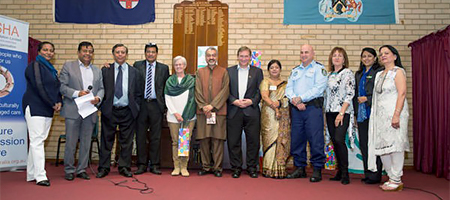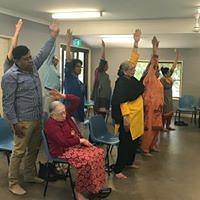24 Apr 2019

HEIDI DOUGLASS | h.douglass@unsw.edu.au
According to the Australian Government’s Institute of Family Studies website, Australia's older population reflects significant cultural diversity due to post-war immigration policies, with 36% of 65+ year olds having been born overseas (compared to 24% of people under 65 years old) (ABS, 2012b). Among the older immigrants, 25% in 2011 were from non-Anglo countries, compared with 12% from the UK and Ireland. Australia's older population will become increasingly culturally diverse, with weakening dominance of immigrants from European countries. Support services for the elderly must be keenly aware of this changing demographic.
A group actively supporting ageing in culturally diverse communities is AASHA, which has a focus on dementia, elder abuse and social wellbeing.
The word ‘AASHA’ has its origins in Sanskrit, which means ‘Hope’, and the intention from the organisation is to strive to instil hope in the minds of seniors from South East Asian and other Culturally and Linguistically Diverse (CALD) communities.
AASHA have a vision of facilitating retirement and wellbeing for seniors of various ethnic communities, of which Dementia Care will be an integral part. Their vision empowers their mission to bridge the ‘culture’ gap between aged care providers, Australian Government agencies and community members.



Many support services are available through AASHA, including consistent social hubs, forums and workshops, free regular health checks and talks and intergenerational programs connecting seniors to younger community members.
If you are interested in getting involved in any of the programs that AASHA offer, or want to know more, you can contact them at info@aashaaustralia.org.au or visit their website at www.aashaaustralia.org.au.
